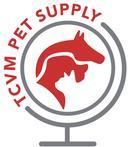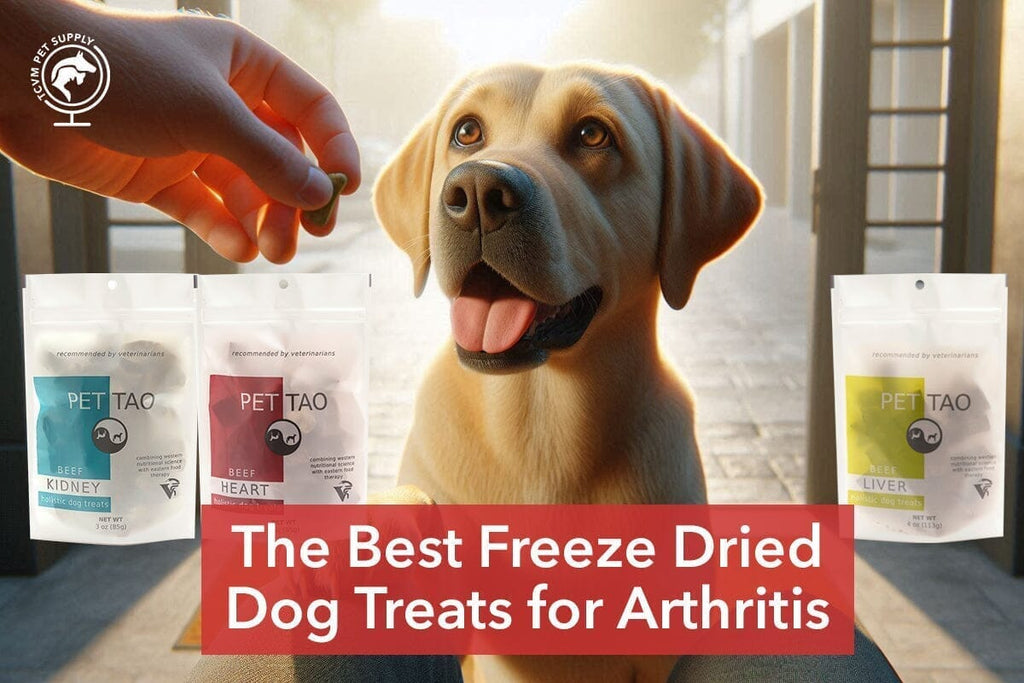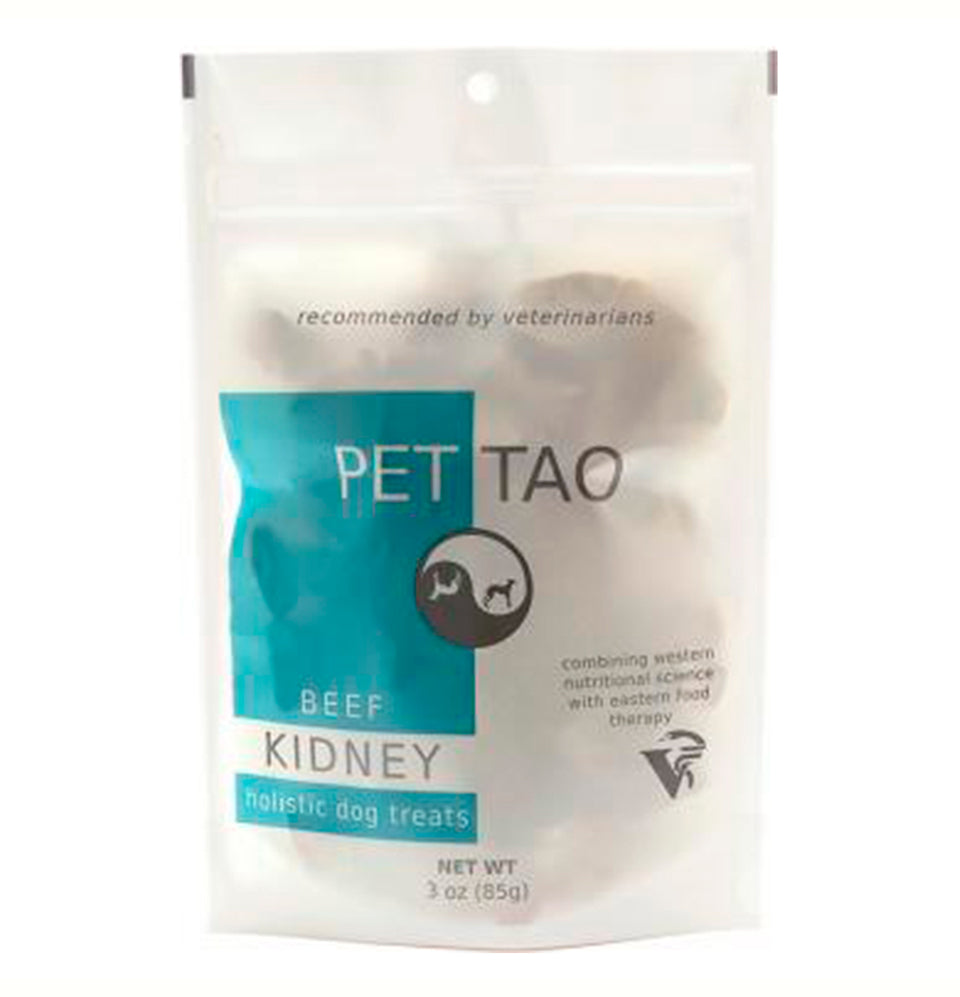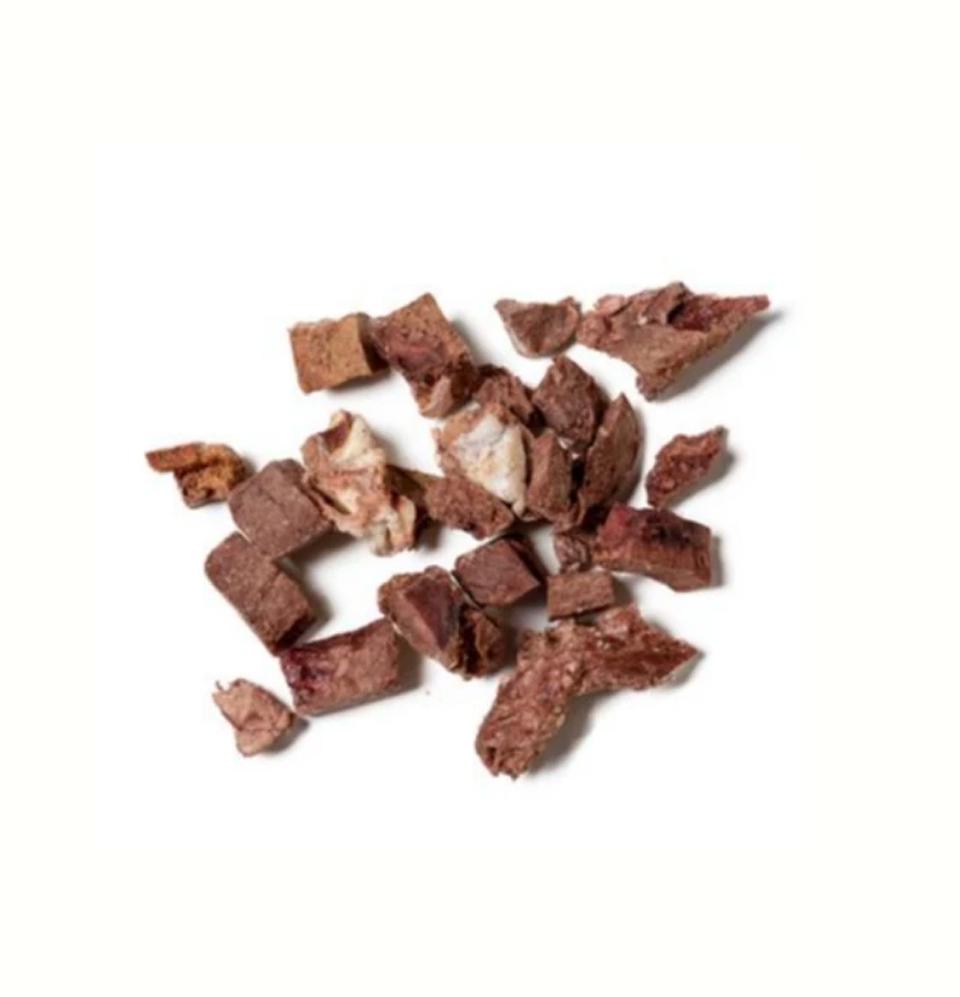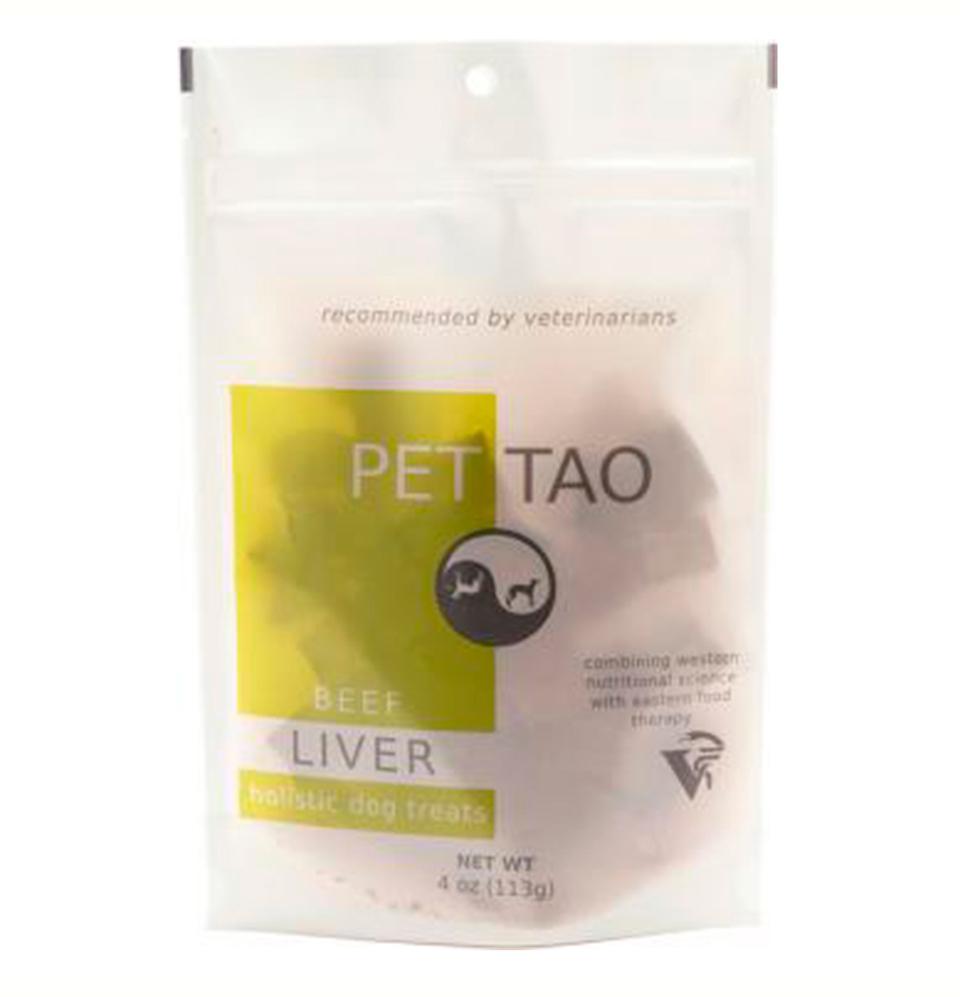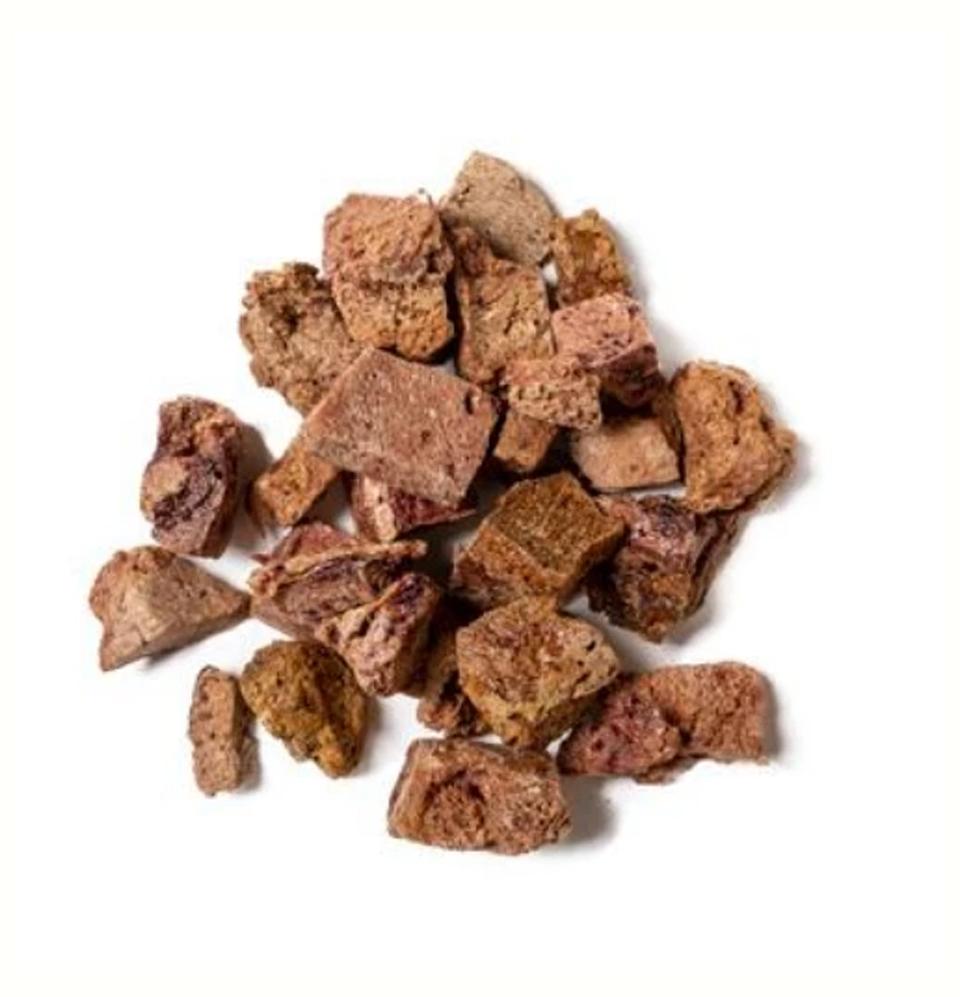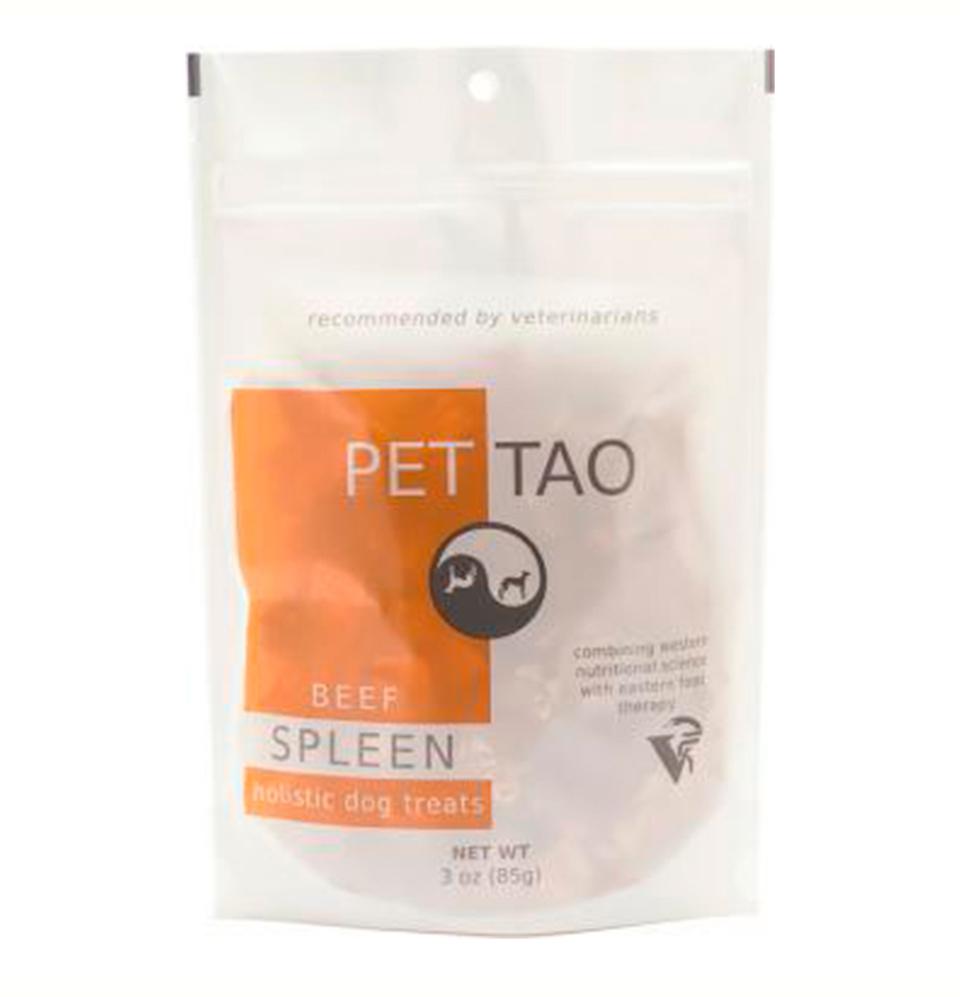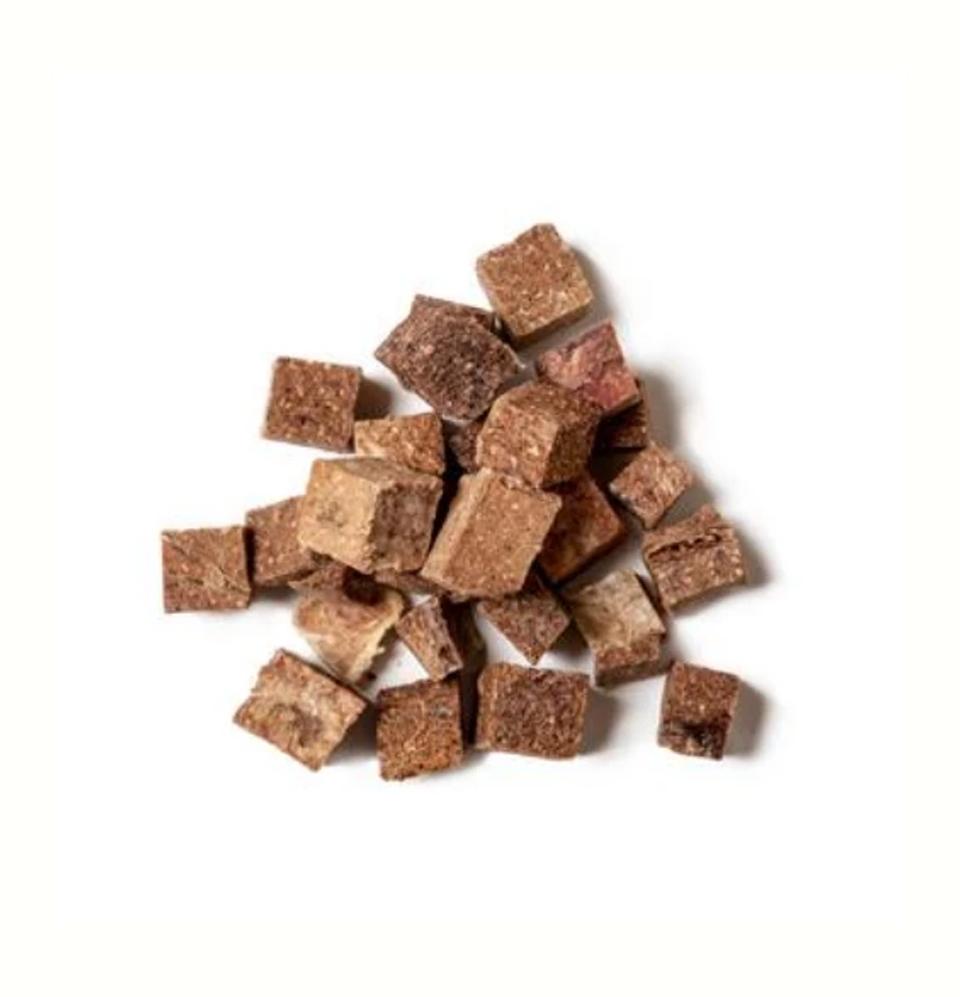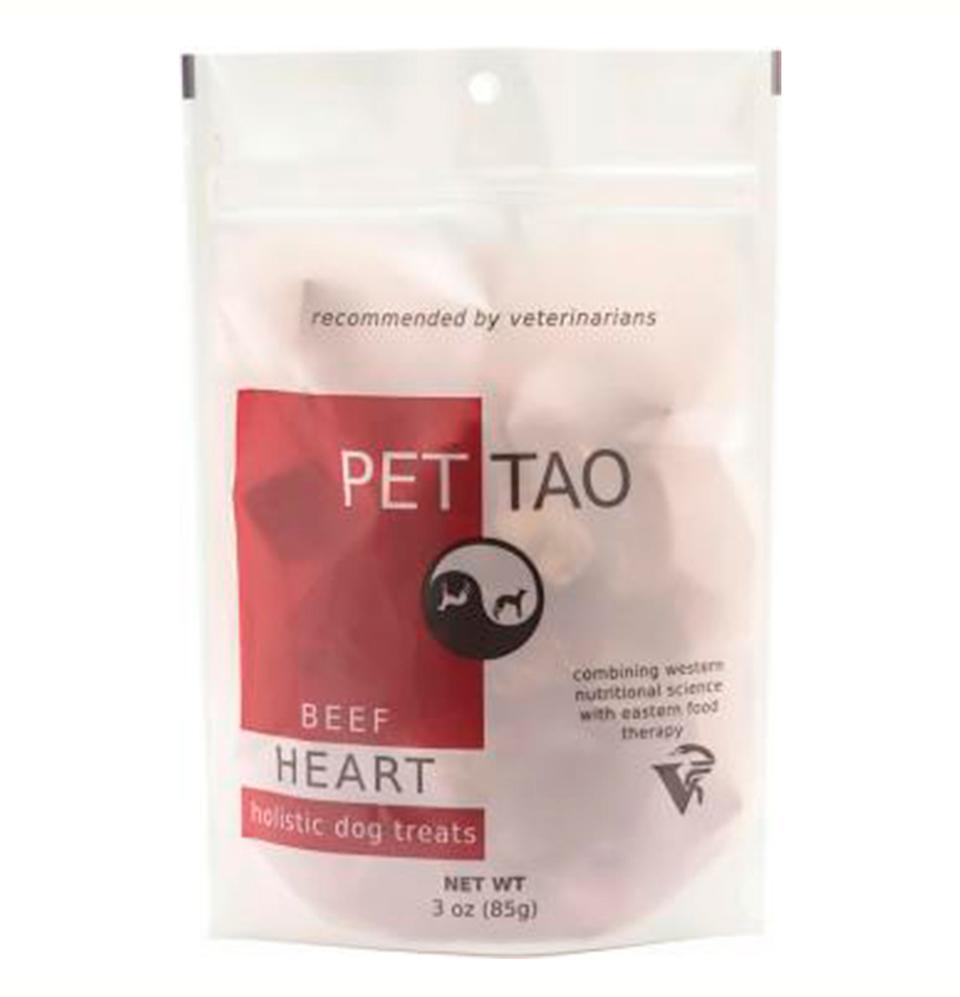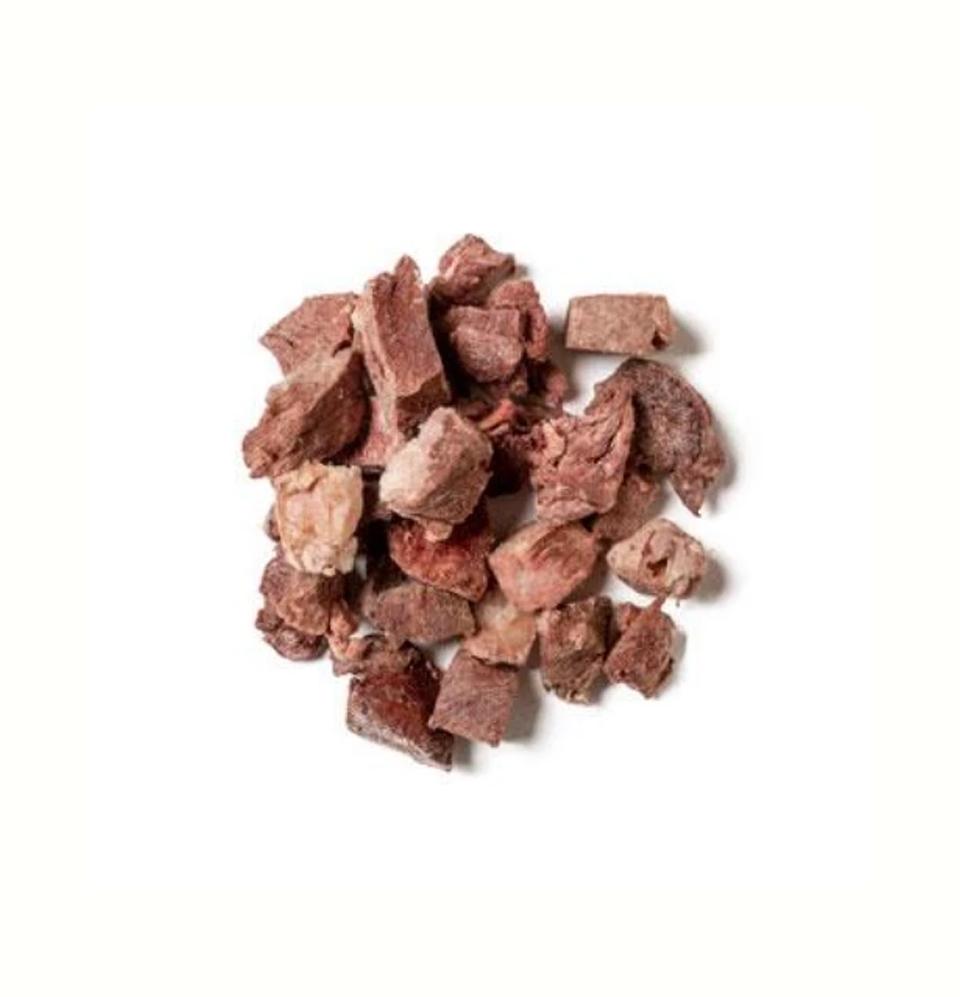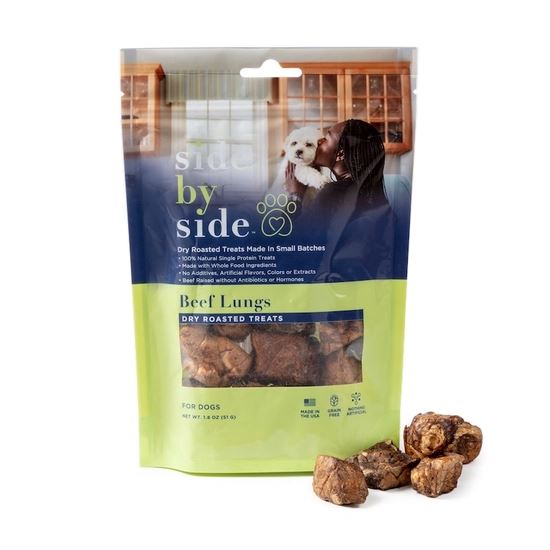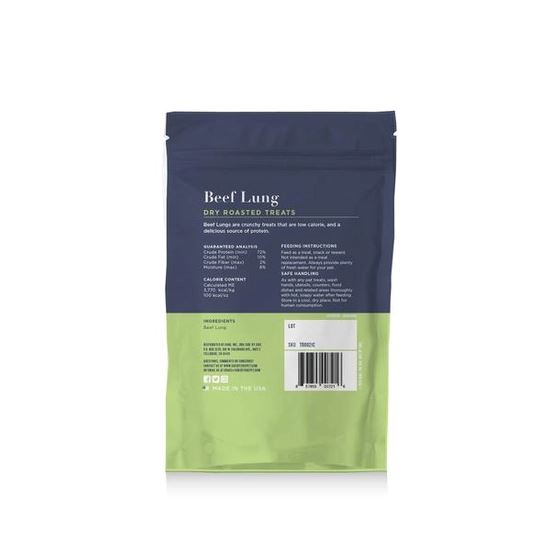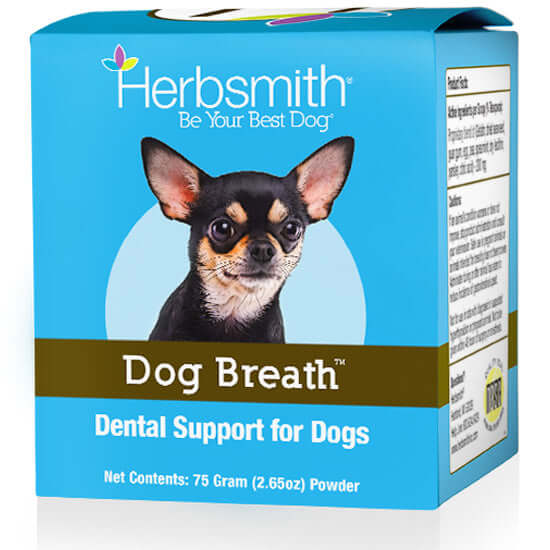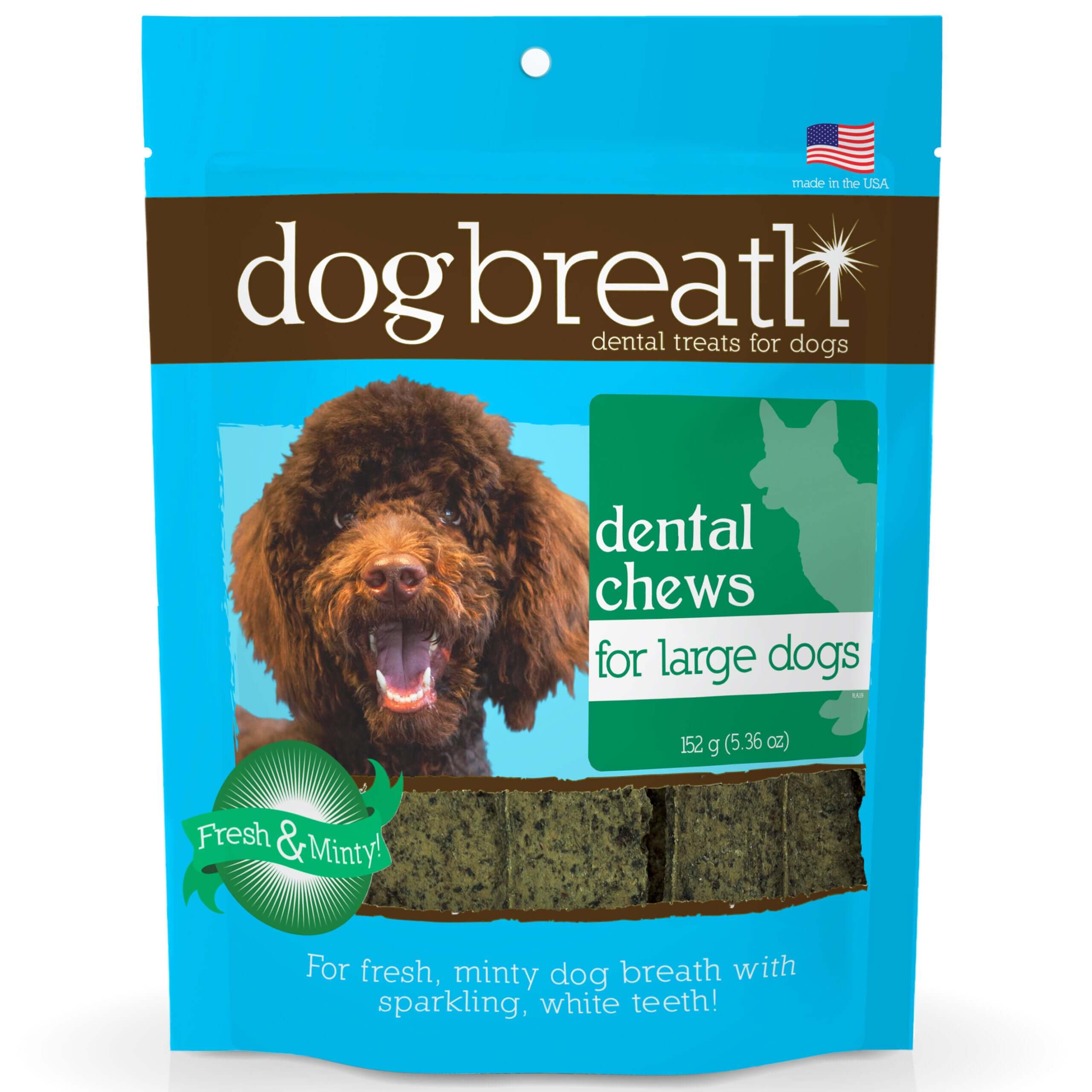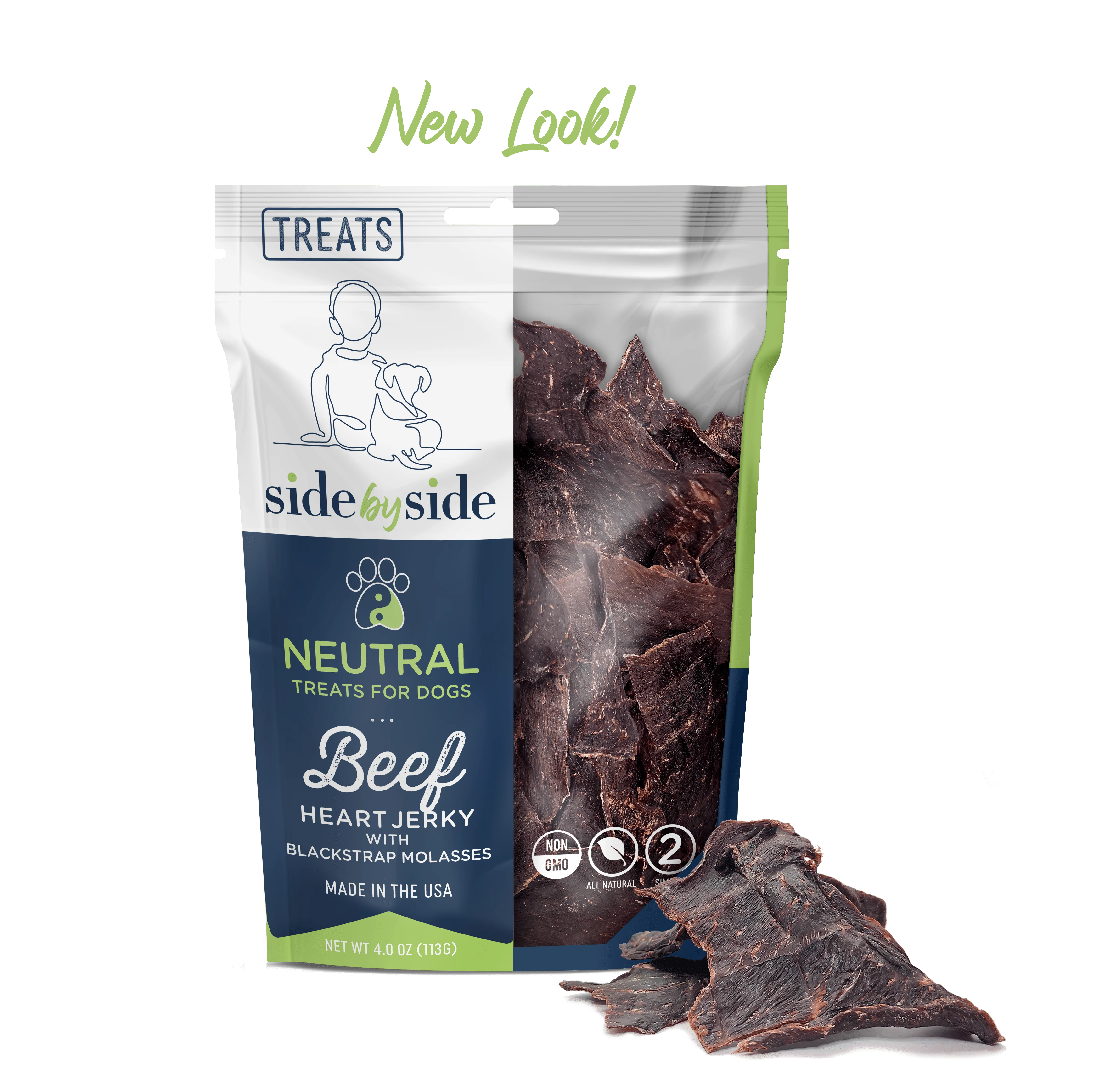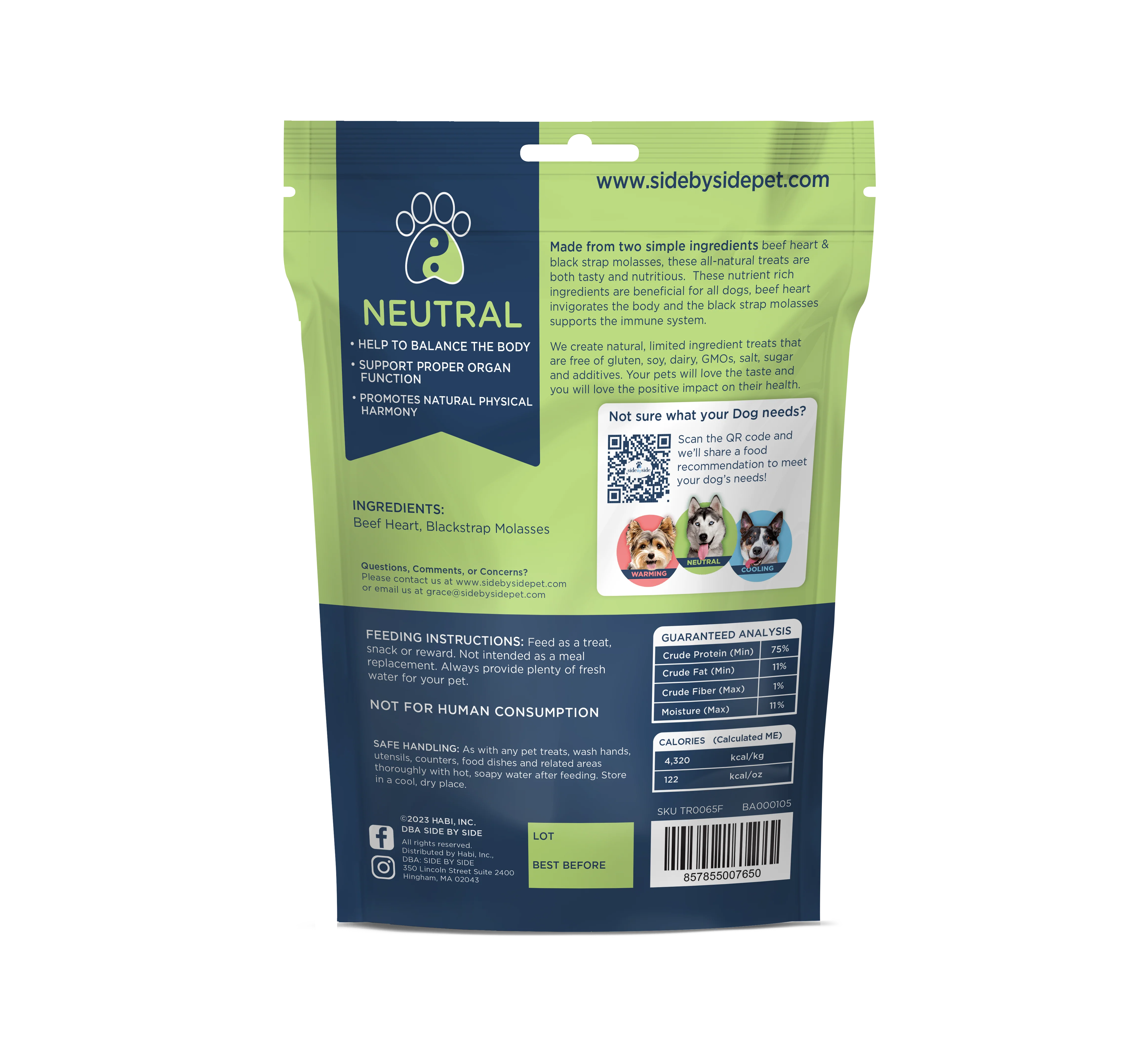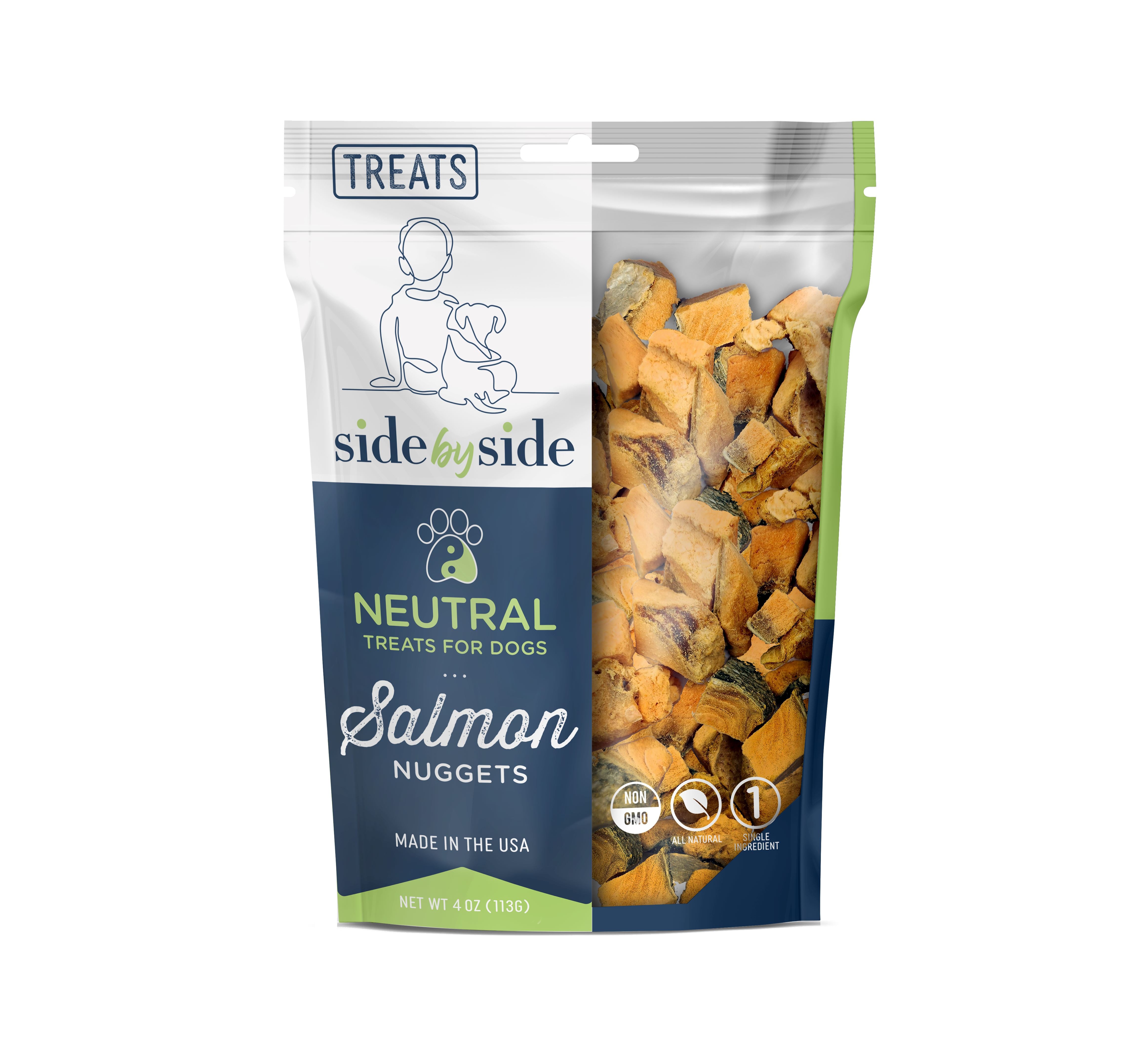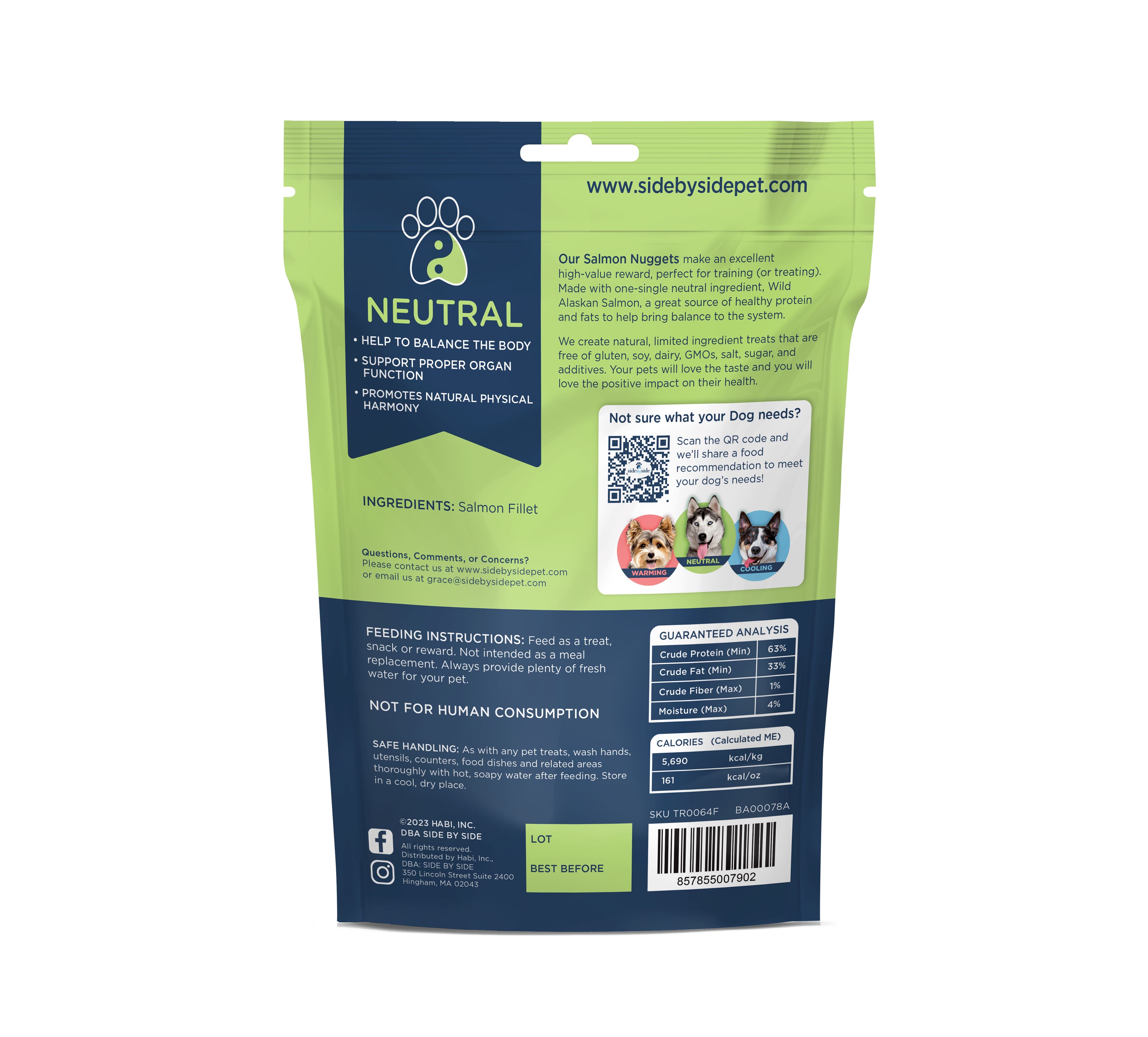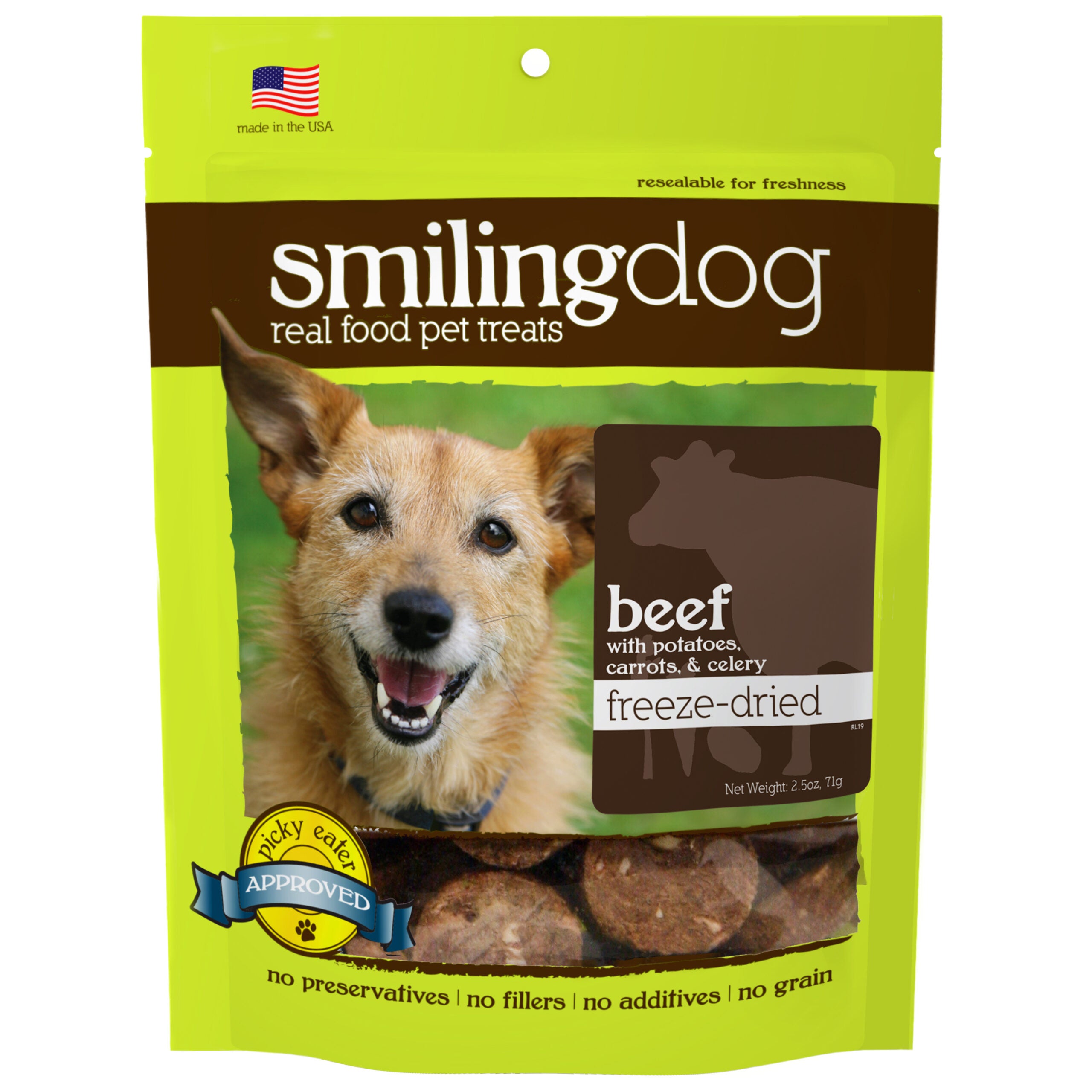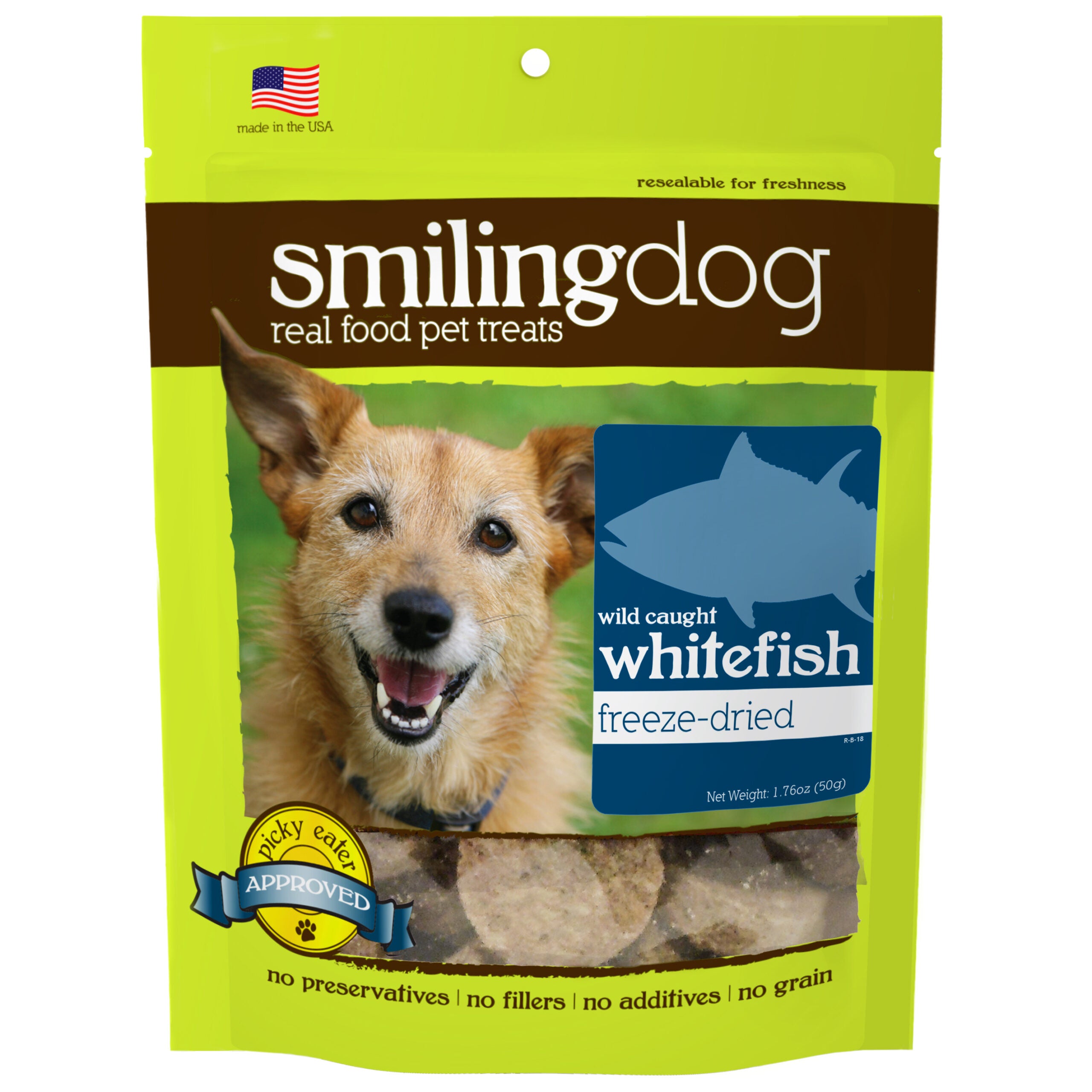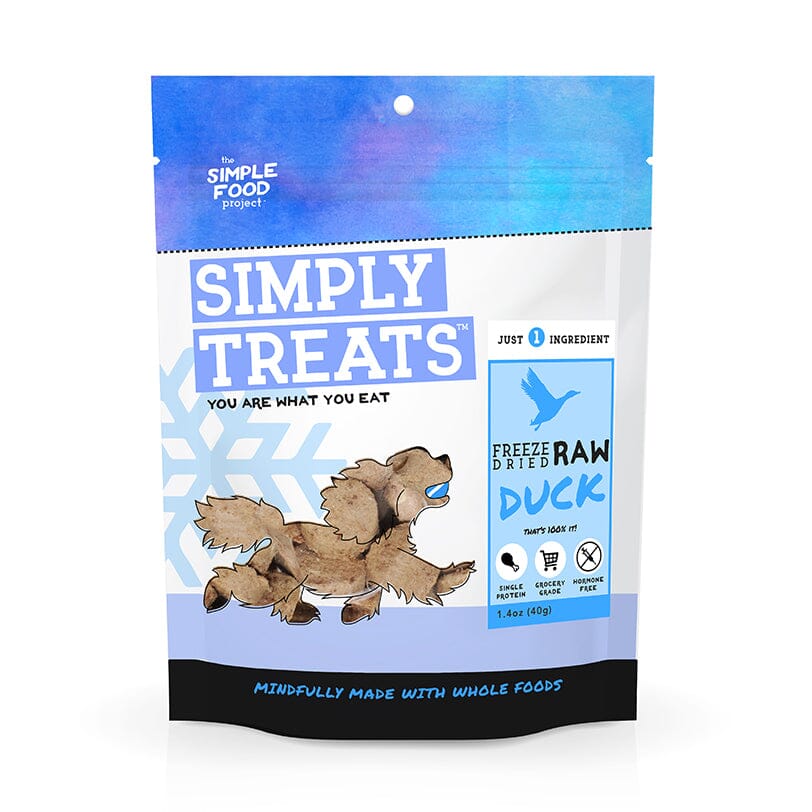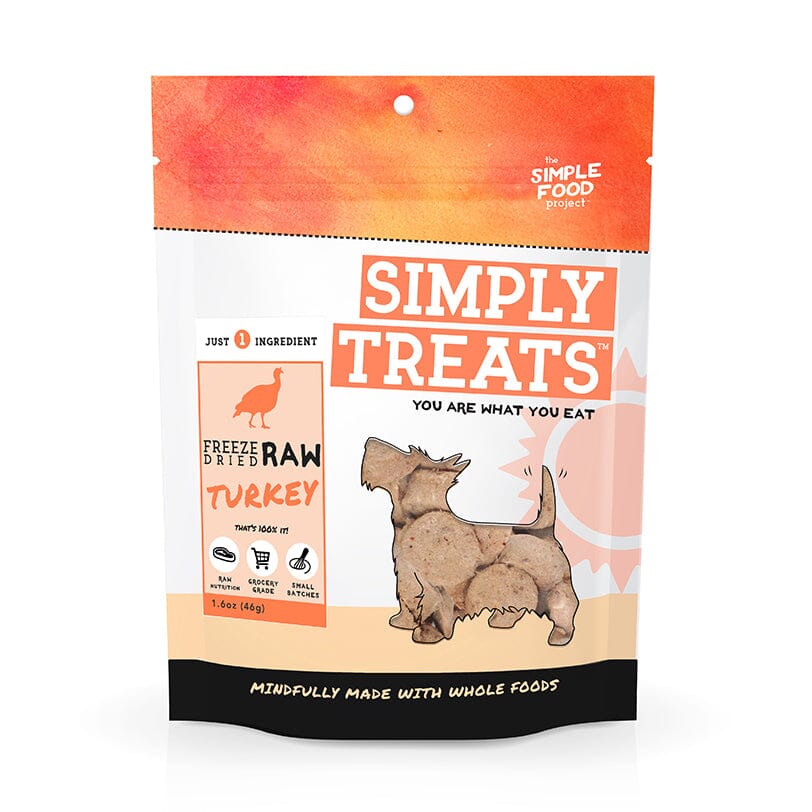
Color and Texture Variability in PET | TAO Food and Treats

What Causes Variability in PET | TAO Food and Treats?
Customers sometimes ask why different batches of food and treats look different than the batch before.
And, it's a legitimate question. If the food looks different, you may wonder if the ingredients are the same. Or if maybe a packaging error occurred.
Many customers are used to their pet's premium food appearing the same in every can or bag.
And, many pet food companies make sure the food appears the same in every can.
There's a reason pet food companies do this - it's called "consumer expectancy". When customers open a can of pet food, they expect it to consistently look a certain way.
They expect it to look the same.
However, canned food consistency comes with a price: binders.
Manufacturers must add binders and food coloring agents to make a uniform product. Binders reduce pet food variability.
PET | TAO's goal is to produce the highest quality pet food available for the optimal health of your dogs and cats.
And, they choose to omit ingredients that do not support their mission.
PET | TAO is natural pet food.
Variable moisture content and color result from their choice not to include artificial ingredients in their foods.
Their choice, however, leads to some consumer confusion and questioning.
Raw Ingredients Fluctuate
Pet food production starts with raw ingredients.
The ingredients differ daily depending on factors such as the supply, time of year, etc.
For example, turkey thigh trimmings may be available one day but turkey wings the next.
As you are aware, both ingredients have a distinct, notable difference in moisture content and color. Both are turkey, yet they are different in appearance and texture.
Another example is vegetables.
Have you ever noticed the difference in the tomatoes at your local farmer's market?
During different times of the year, vegetables can vary depending on various factors, growing method, season, and soil quality.
Food Coloring Creates Consistency
The only way to have consistent color from can to can and batch to batch is to add food coloring agents.
Food coloring additives, with caramel color being the most popular, are on almost every label of canned pet food sold in the U.S.
Food coloring assures each can or bag of food looks the same, regardless of the raw materials or cooking reactions occurring within the can.
Without food coloring agents, color inconsistency is inevitable.
PET | TAO does not use food coloring in any of their products.
How the Canning Process Affects Moisture
Canning involves a multi-step process. First, you grind the ingredients and mix them in a large hopper.
Then, the mix goes through the pre-heating processt. During the pre-heating process, the raw ingredients release most of their moisture, which drains out of the hopper.
The amount of water released is dependent on three factors:
- Preheat time
- Preheat temperature
- The moisture content of raw ingredients
All three factors vary from batch to batch and sometimes even within each batch.
Therefore, it is impossible to make the process consistent 100% of the time.
Controlling Moisture During the Canning Process
Binders enhance volume, firmness, and texture. Binders help make the end product look the same, batch after batch.
Binders are added during the pre-heating phase to absorb and distribute water released during cooking. The cans are then filled and cooked.
During cooking, the binder absorbs more water.
The most common binders in pet food are guar gum and carrageenan.
Binders make canned foods appear more homogeneous and less "soupy," with a "potted meat appearance" after cooking.
When binders are not added to meat-based canned products, water accumulates at the periphery of the can after cooking.
This is due to shrinking of the meat and vegetables during cooking.
The same process happens when you cook these ingredients on a stove. The meat and veggies shrink as the water evaporates.
The amount of water generated is variable and dependent on the moisture content of the raw ingredients, cooking time, and cooking temperature.
Remember, the water content can only be controlled by the inclusion of binders to absorb and distribute the moisture.
Carrageenan and Guar Gum
What is Carrageenan?
Carrageenans come from red edible seaweeds. Pet food manufacturers frequently use Carrageenans for product thickening and stabilizing.
Peer-reviewed journal articles, independent food safety agencies, and international review panels indicate carrageenan is safe in infant formula and food (including organic food).
The small group of researchers who disagree often use data not accurately representing the way carrageenan is consumed.
In some early studies, the test material is unspecified. These studies used a test material called poligeenan, which is never used in food.
Studies in which food-grade carrageenan was fed to animals in appropriate (low) amounts confirm the safety of carrageenan.
However, on November 18, 2016, the National Organic Standards Board voted to remove carrageenan from the list of approved substances labeled "organic."
Because extensive studies have proven its safety, some of our canned cat food products contained carrageenan. However, we discontinued our canned cat foods due to lack of sales.
What is Guar Gum?
Guar gum is the ground endosperm of guar beans. The guar seeds are dehusked, milled, and screened.
Scientists have extensively studied the physiological effects of guar gum on animals and humans.
In rats, the only significant effect of guar gum was reduced body weight and lower blood glucose, even in quantities over 100 times the FDA Acceptable Daily Intake.
Other studies show guar gum adds fiber to the diet and may help normalize blood glucose and cholesterol.
In addition, specific animal studies indicate guar gum is not carcinogenic or teratogenic.
Because extensive studies have proven its safety and health benefits, we are currently using guar gum in our canned dog foods.
We still choose to avoid food colorings because of possible side effects.
Variability in Freeze Dried Raw Food and Treats
It's perfectly normal to have color variability in freeze dried raw pet food and organ treats.
There are several reasons the color may differ.
For example, proteins, the age of an animal, the amount of exercise it gets, and the storage of meat determine the color.
In addition, older animals' meat, liver, and kidneys will be darker than younger animals.
Also, exercised muscles are always darker in color, which means the same animal can have variations in muscle color.
In addition, the color and texture of meat and organs may change during preparation and storage.

